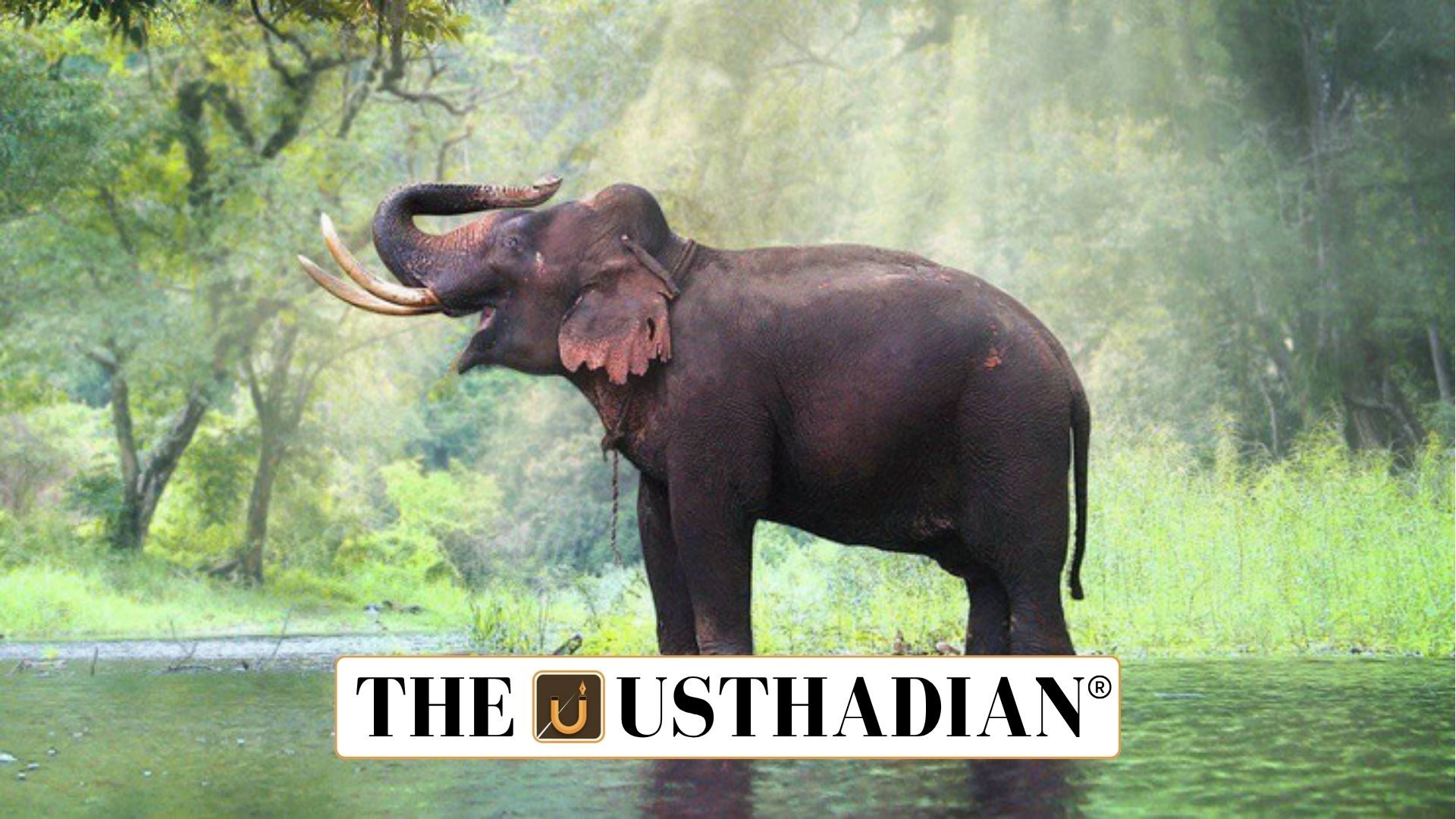DNA-Based Elephant Population Estimation
Status of Elephants in India: The Synchronous All India Elephant Estimation (SAIEE) 2021–25 marks India’s first DNA-based count of elephants, conducted by the Wildlife Institute of India (WII) under Project Elephant of the Ministry of Environment, Forest and Climate Change (MoEFCC). This method utilizes dung DNA sampling to ensure higher accuracy and prevent double-counting.
Static GK fact: Project Elephant was launched in 1992 to protect elephants, their habitats, and migration corridors, while also addressing human–elephant conflict.
Key Findings of the SAIEE Report
The report estimates India’s Asian Elephant population at 22,446, making the country home to nearly 60% of the global population. Wild elephants primarily inhabit the Himalayan foothills, Northeastern states, East-central India, and the Western and Eastern Ghats, with a small feral group in the Andaman Islands.
Among all regions, the Western Ghats host the largest population, followed by the Northeastern Hills and the Brahmaputra Flood Plains. At the state level, Karnataka records the highest elephant population, followed by Assam, Tamil Nadu, and Kerala.
Major Threats Facing Elephants
Habitat Shrinkage and Fragmentation
Once-connected elephant habitats in the Western Ghats are being fragmented due to commercial plantations, invasive species, human encroachment, and infrastructure expansion. This isolation limits genetic flow between herds.
Static GK tip: The Nilgiri Biosphere Reserve, shared by Tamil Nadu, Kerala, and Karnataka, is one of the largest elephant ranges in Asia.
Human–Elephant Conflict
Rising human–elephant conflicts (HEC), especially in Central India and the Eastern Ghats, result in crop damage, loss of human life, and retaliatory killings.
Linear Infrastructure
Expanding roads, railways, and power lines disrupt migration corridors and cause frequent deaths through electrocution and collisions.
Conservation Recommendations
The report emphasizes restoration of elephant corridors, strengthening habitat connectivity, and community-based conflict mitigation. It also calls for environmental impact assessments before developmental projects in elephant landscapes.
Static GK fact: India has identified 101 elephant corridors, aimed at ensuring safe movement between habitats.
Ecological Role and Conservation Status
Elephants act as ecosystem engineers, creating forest clearings, dispersing seeds, and maintaining biodiversity. Their social units are matriarchal, led by an experienced female, and they have the longest gestation period of 22 months among mammals.
They are classified as Endangered under the IUCN Red List, protected under Schedule I of the Wildlife Protection Act, 1972, and listed in Appendix I of CITES.
Static GK tip: The World Elephant Day is observed on 12 August every year to raise awareness about elephant conservation.
Static Usthadian Current Affairs Table
Status of Elephants in India:
| Topic | Detail |
| SAIEE Full Form | Synchronous All India Elephant Estimation |
| Period | 2021–25 |
| Conducting Agency | Wildlife Institute of India |
| Supervising Ministry | Ministry of Environment, Forest and Climate Change |
| India’s Elephant Population | 22,446 |
| Largest Elephant Population State | Karnataka |
| Global Share of Asian Elephants in India | Around 60% |
| Conservation Status | Endangered (IUCN), Schedule I (WPA 1972), Appendix I (CITES) |
| Major Threats | Habitat loss, HEC, linear infrastructure |
| Key Conservation Project | Project Elephant (launched 1992) |








